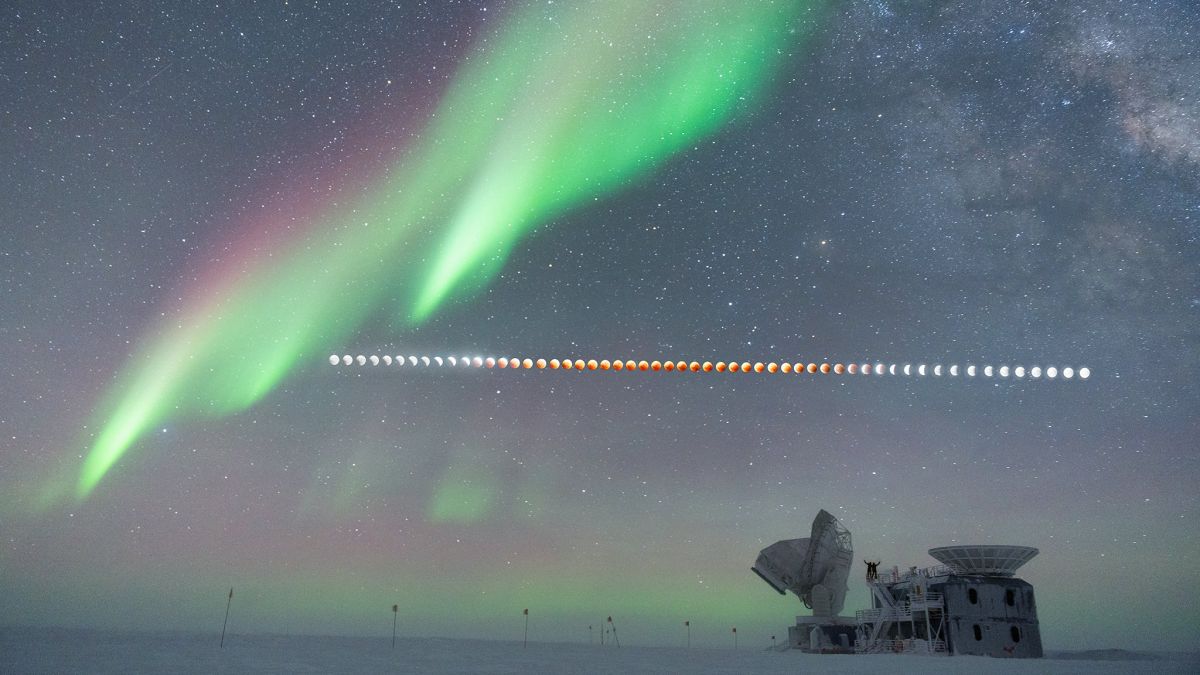
www.space.com
South Pole's never-ending night and daily auroras are a dream for astrophotographers
Astronomer Aman Chokshi talks about the challenges and rewards of being an astrophotographer on the South Pole.
Culture & Entertainment
The South Pole is a heaven and a hell for astrophotographers.
Go for a walk with your camera hanging around your neck to capture the beauty of the star-studded sky of the endless polar night, and in a mere ten minutes, it shuts down. Try plugging your device into the power supply to get a long stunning time lapse, and in ten minutes, the power cable's coating shatters like glass, leaving only the dangerously exposed metal. Take your hands out of your bearlike gloves to operate the camera, and in five minutes, you have frostbite.
Being a polar astrophotographer is not for the fainthearted. But if you accept the limitations and learn the tricks of the trade, you will be rewarded with some of the most stunning shots of your life and experiences you'll never forget.
"The sky is absolutely stunning here," Aman Chokshi, an astrophotographer and astronomer told Space.com. Chokshi is currently completing a year-long rotation at the South Pole Telescope, the largest astronomical observatory in Antarctica, located at the U.S. Amundsen-Scott South Pole Station.
The telescope, which Chokshi and another astronomer were hired to maintain, observes the so-called cosmic microwave background, the most ancient form of light in the universe, believed to be a left-over from the Big Bang. The cold Antarctic conditions and dry air make the South Pole the best location on Earth to track this type of radiation, which helps astronomers analyze the expansion of the universe and also to examine interactions of dark matter with distant galaxies and galactic clusters.
"The telescope operates at extremely cold temperatures, just a fraction of a degree above absolute zero," Chokshi said. "It's basically the coldest temperature you can get. Because on the pole we only have one day-night cycle per year, we don't have large temperature fluctuations."
























































